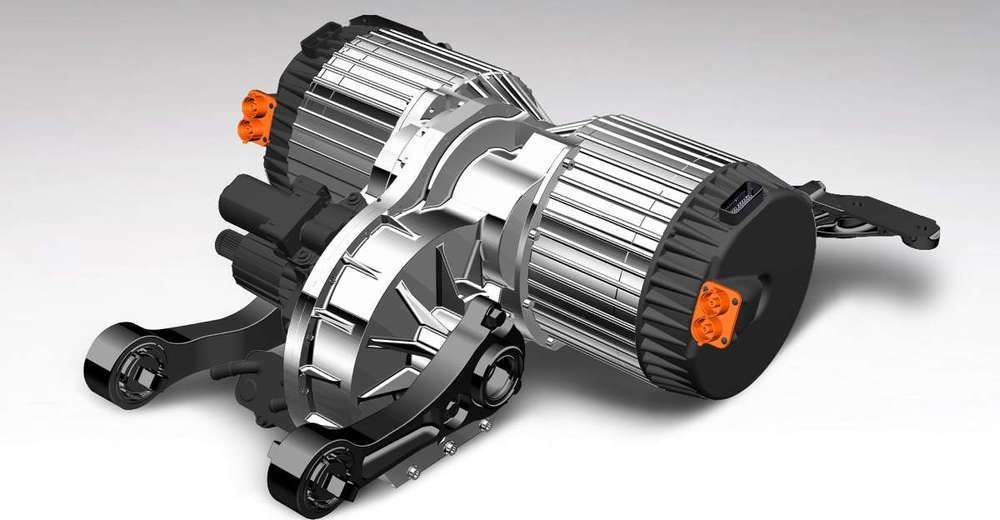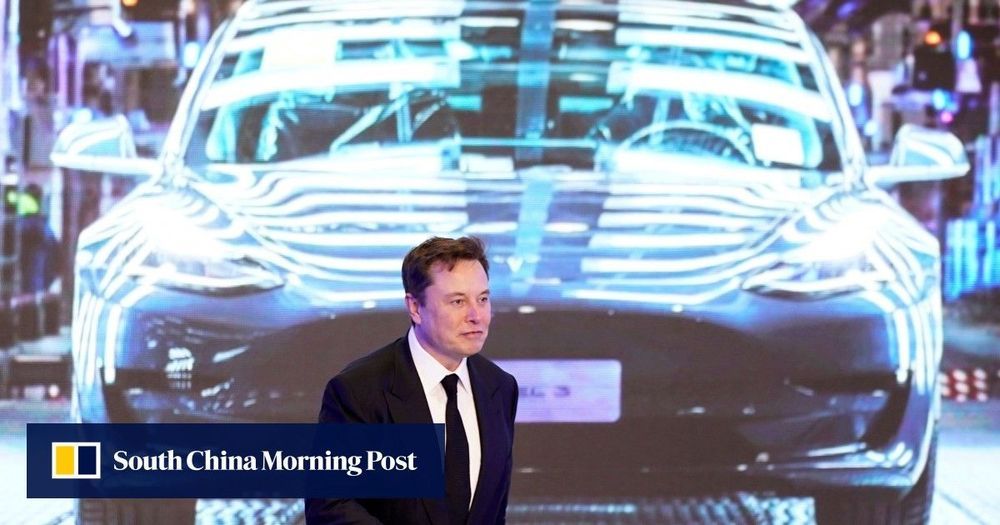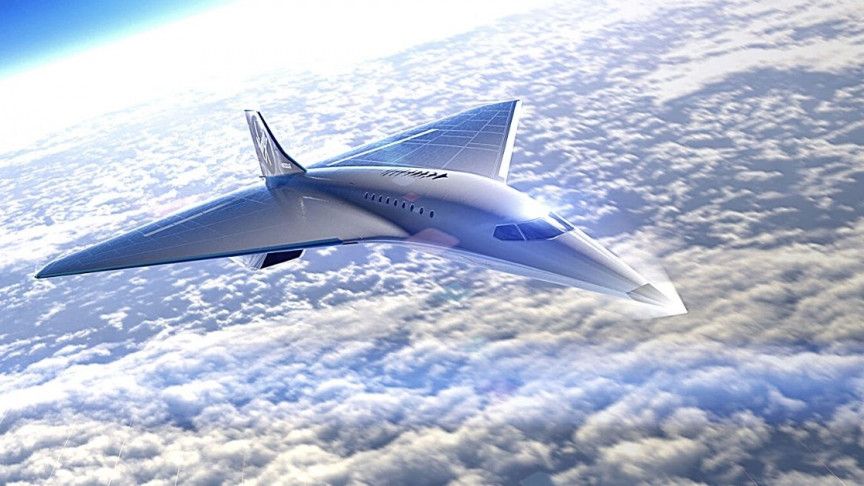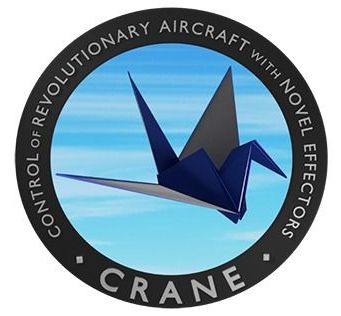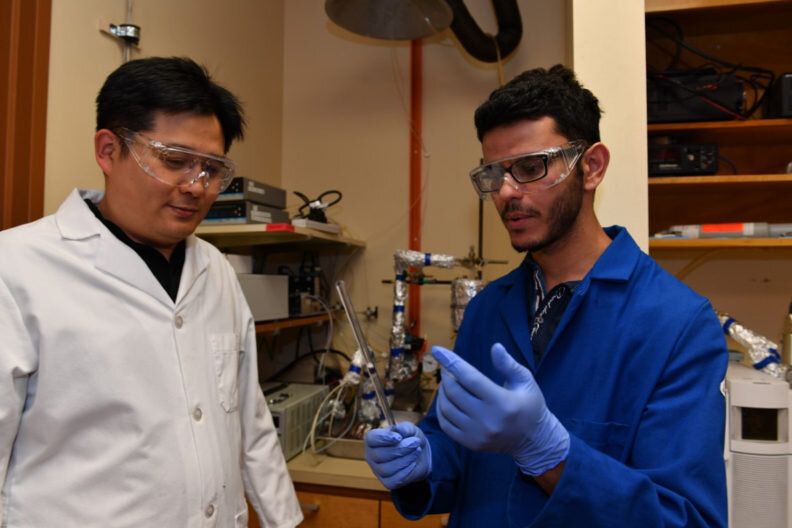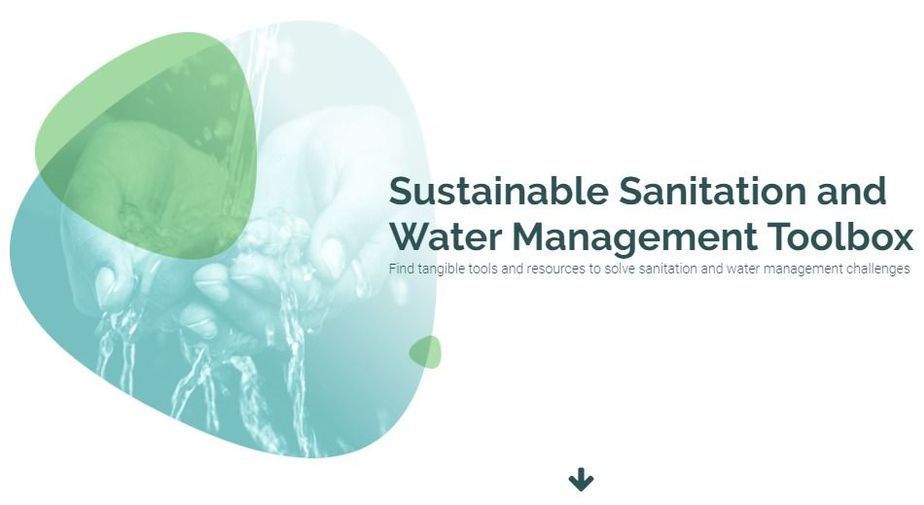Developed in the 1970s, rare-earth magnets are the strongest type of permanent magnets made today. The more common type are neodymium alloys made with iron and boron, while the other group is samarium-cobalt magnets. The occurrence and production of these chemical elements raise both political and environmental concerns, so to find a more sustainable solution, the UK’s Office of Low Emission Vehicles is funding a nine-partner study called OCTOPUS (Optimised Components, Test and simulatiOn, toolkits for Powertrains which integrate Ultra high-speed motor Solutions). With Bentley joining for the next three years, the program will aim for real-world applications by 2026. Coincidentally, Bentley’s first full EV is also due that year.
